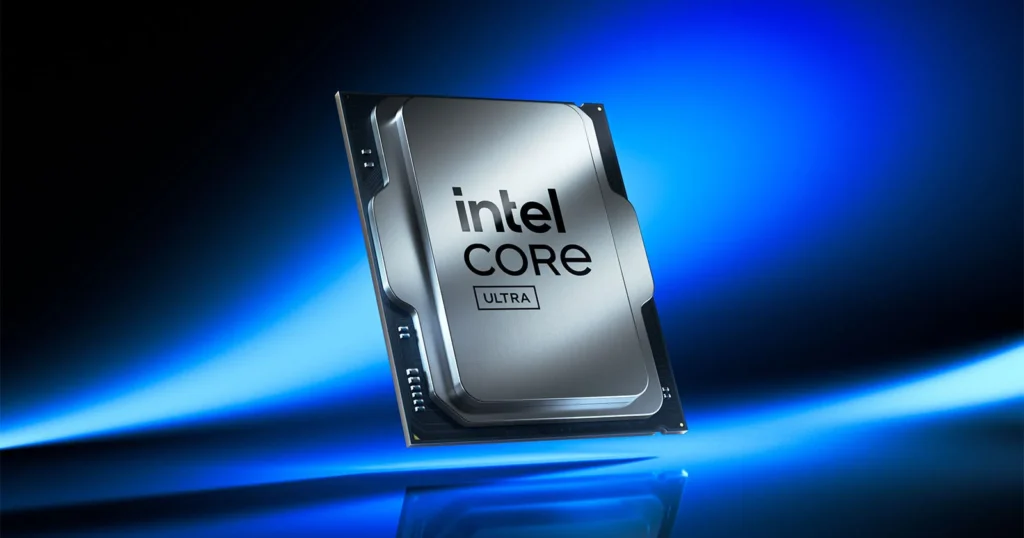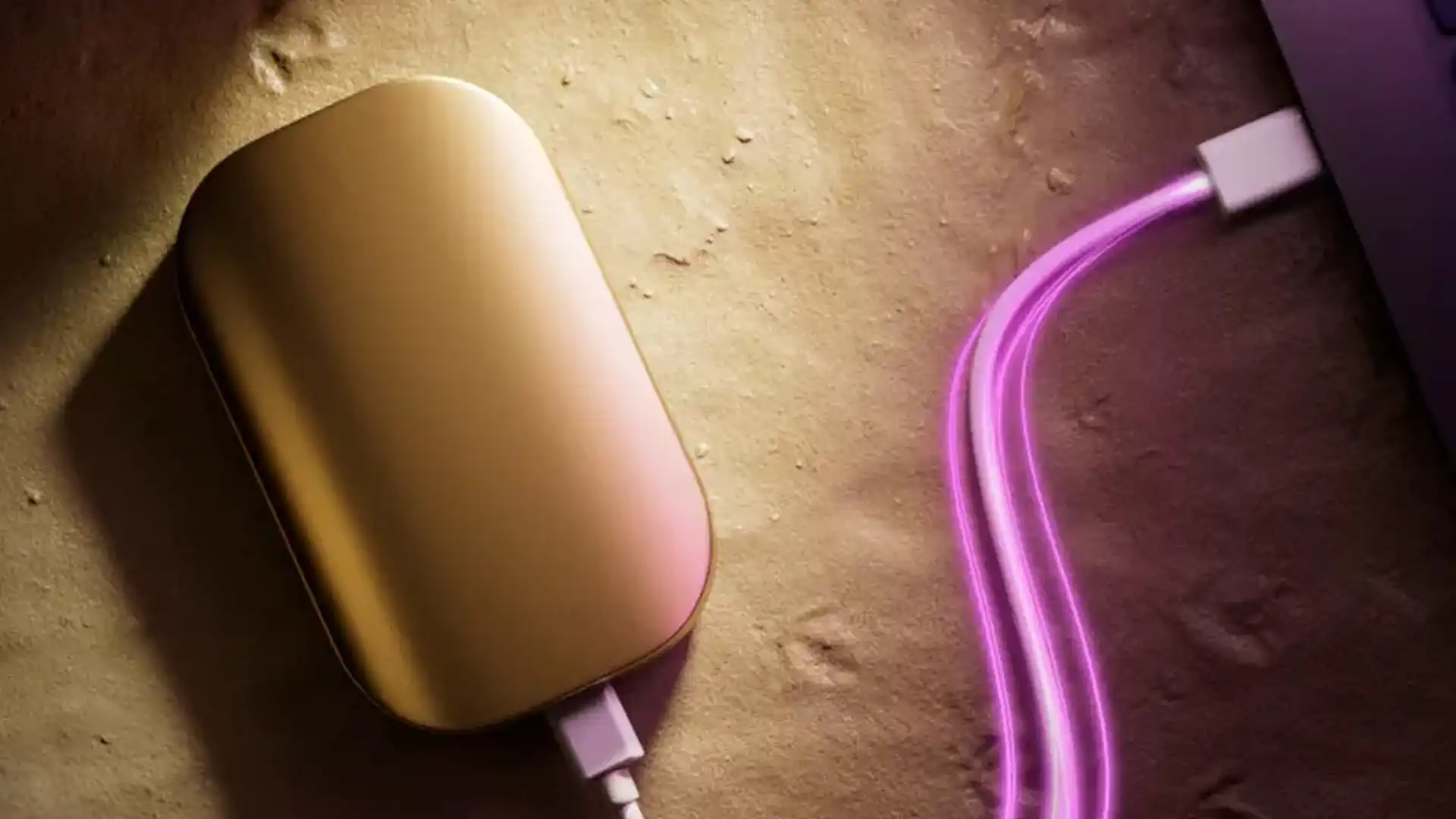
Intel has officially launched its Arrow Lake processor for desktop PCs, marking a significant evolution in its architecture. The new lineup, dubbed Core Ultra 200S, effectively merges elements from its Meteor Lake and Lunar Lake designs, showcasing a blend of cutting-edge features and improved efficiency. One of the most notable changes is the elimination of hyperthreading from Intel’s desktop chips. This decision aligns with the rationale that was applied to the Lunar Lake processors, focusing on optimizing core performance without the complexities introduced by hyperthreading.
Arrow Lake stands out as Intel’s first “disaggregated” desktop processor. This innovative approach involves fabricating different sections of the chip—known as tiles—on distinct manufacturing processes. By doing this, Intel aims to maximize efficiency and performance while significantly reducing power consumption compared to its 14th-generation Core processors. The new architecture promises higher performance alongside a substantial decrease in power usage, a balancing act that Intel is keen to highlight.
Hyperthreading, or simultaneous multi-threading, is designed to allow a single processor core to handle two instruction threads, potentially increasing throughput. However, it introduces a virtual core, which can lead to resource contention and increased system overhead. Intel’s historical stance on hyperthreading has been inconsistent, with certain generations incorporating it while others do not. In contrast, AMD has maintained a more consistent application of similar technology across its processors.
Robert Hallock, Intel’s vice president of client AI and technical marketing, explained that excluding hyperthreading allows Intel to conserve power while enhancing overall performance. The company asserts that Arrow Lake can achieve approximately 15-20% better multicore performance without hyperthreading. This performance increase is attributed to the use of advanced core designs from Lunar Lake, which are seamlessly integrated using Intel’s Foveros technology.
The future of hyperthreading remains uncertain. For Intel to reinstate this feature, it would need to demonstrate clear benefits in performance, efficiency, and space utilization on the chip. As of now, it seems that Intel’s strategic pivot away from hyperthreading is yielding positive results, paving the way for Arrow Lake and its successors.




